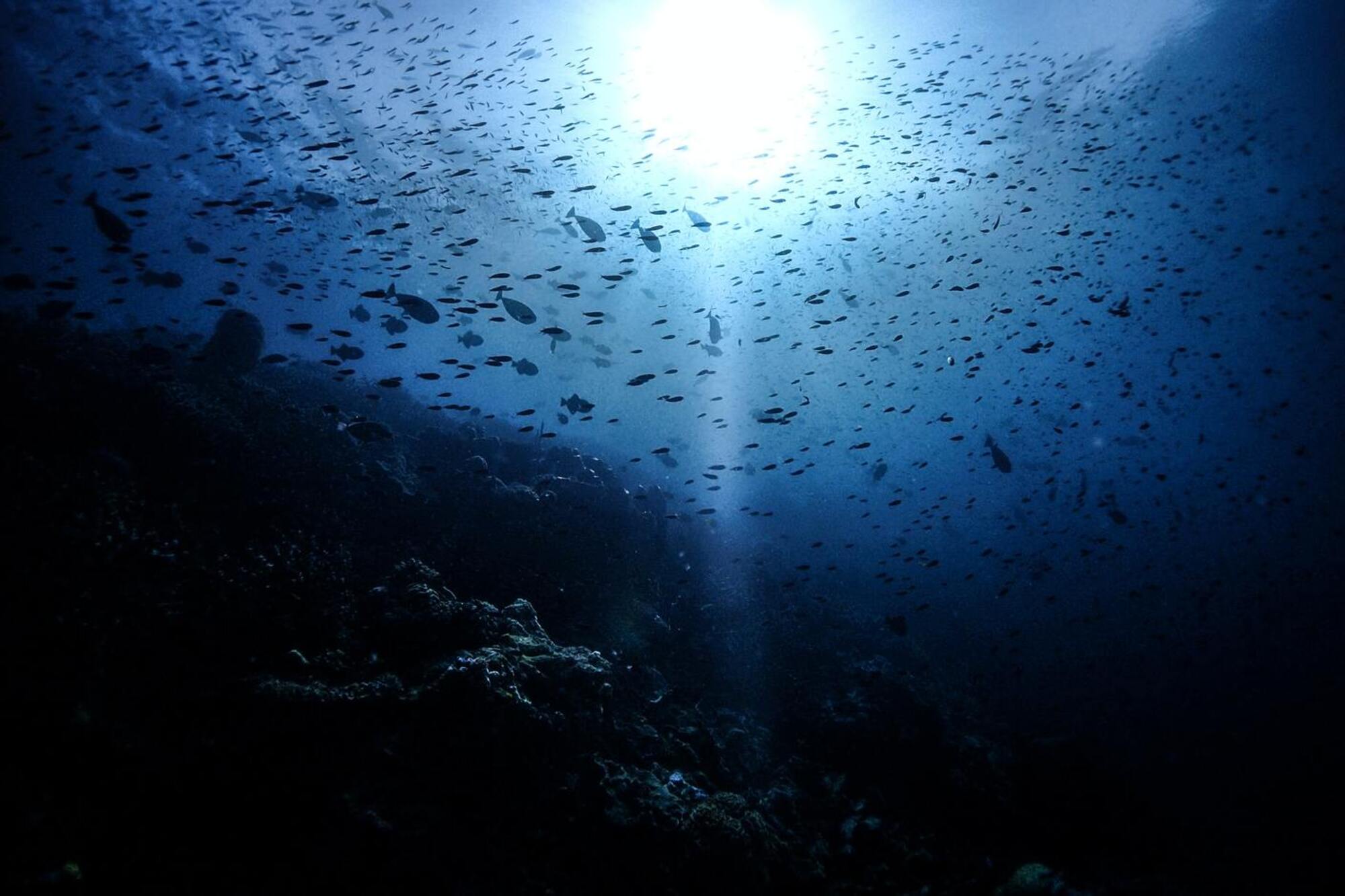We share 5 amazing stories from universities worldwide that we think would get great traction online.

Ads that focus on course features or career paths tend to lack engagement on social channels. The reason? It’s simple – they’re boring. One source says that the average user sees over 5000 ads every day. There’s so much content out there online that it takes something really special to cut through the noise. And higher education courses aren’t known for being the most glamorous of products.
Yet, there is clearly a market for intellectual material online. TED’s fantastic talks showcase academic material and interesting private sector developments from around the world. Their videos regularly hit tens of millions of views. Higher education institutions can raise awareness of their courses by tapping into that potential. All they need to do is tell the right stories.
We’ve done the research to find some amazing stories from universities that we think would get great traction online. Use them to inspire your campaigns and find the fascinating stories that happen on your campus.
This is how we’ll colonise the stars
Anyone that loved Star Trek as a child (or adult!) has the dream of stepping foot on distant planets. The fact is that we have already discovered our closest habitable planets – ones that could support human life sometime in the distant future. Cambridge University discovered seven earth-sized planets orbiting the star Trappist-1 back in 2017. For anyone interested in physics, rocketry or sciences of the cosmos, this fascinating discovery is bound to turn heads.
What do babies and whales have in common?
Researchers at St Andrew’s have discovered that whales learn their songs in the same way that babies learn to speak. This interesting fact brings up more questions about the nature of language and the relationships between mammalian brains. It’s a great conversation starter and fantastic for attracting clicks. But, perhaps more importantly, it’s a great way to introduce people to the massive range of marine biology research going on at St Andrew’s.
Here’s what an atom’s shadow looks like
Sixth-form and college leavers with an interest in the sciences will find this story irresistible. Researchers and Griffith University in Australia have managed to reach the very limit of possibility in the field of mico-photography by capturing the shadow of a single atom within the visible light spectrum. The amazing photo is also a great advert for the institution as no other university on the planet has the capability of such extreme close-up photography.
We’ve begun editing humans
The first clinical trials of the gene editor CRISPR have been completed in the United States, led by the University of Pennsylvania. It suggests that gene-editing techniques that aim to help protect people against cancer are safe. The new technology was used to alter T-cells in cancer sufferers in order to help them fight the disease more effectively. Are we entering a new age of human engineering? That’s a question your audience is dying to know the answer to.
‘Multiple disasters at a time’ – the reality of climate change
Climate change is a challenge that will likely affect the futures of every student hoping to go to university this year. According to a review by the University of Hawaii, the outlook looks bleak. They claim that by 2100, our planet will be the victim of multiple wildfires, floods, tornados, blizzards, storms and disease events all at once. The study is a compelling incentive for students to join the fight against climate change with a science or technology degree.
These fantastic stories grab attention by hitting emotions like wonder, curiosity, humour and fear. Look for stories from you institution that do the same things and tell them in exciting, compelling ways. Once you’ve got a story that will capture the imaginations of your audience, make sure it leads people to your research departments and course pages. Don’t forget, though, that targeting is also key here. Make sure you’re putting the right stories in front of people who are likely to convert.



